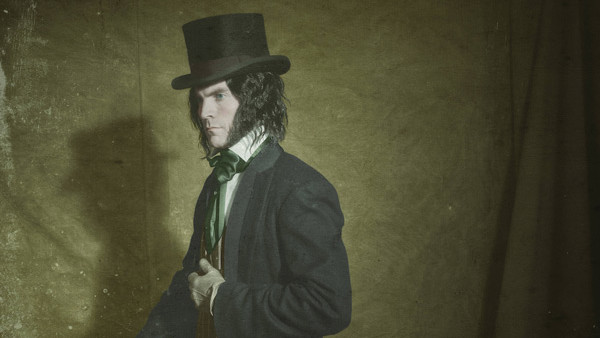10 Real Life Horror Stories That Will Freak You Out
2. Edward Mordrake (Late 19th Century)

Although it is considered lazy writing to simply quote another's work, the tale of Edward Mordrake (sometimes known as Edward Mordake) really should come from the primary source and partially in his own words. It is immensely disturbing.
"One of the weirdest as well as most melancholy stories of human deformity is that of Edward Mordake, said to have been heir to one of the noblest peerages in England. He never claimed the title, however, and committed suicide in his twenty-third year. He lived in complete seclusion, refusing the visits even of the members of his own family. He was a young man of fine attainments, a profound scholar, and a musician of rare ability. His figure was remarkable for its grace, and his face that is to say, his natural face was that of an Antinous.
"But upon the back of his head was another face, that of a beautiful girl, 'lovely as a dream, hideous as a devil'. The female face was a mere mask, 'occupying only a small portion of the posterior part of the skull, yet exhibiting every sign of intelligence, of a malignant sort, however'. It would be been seen to smile and sneer while Mordake was weeping. The eyes would follow the movements of the spectator, and the lips 'would gibber without ceasing'. No voice was audible, but Mordake avers that he was kept from his rest at night by the hateful whispers of his 'devil twin', as he called it, 'which never sleeps, but talks to me forever of such things as they only speak of in Hell. No imagination can conceive the dreadful temptations it sets before me. For some unforgiven wickedness of my forefathers I am knit to this fiend for a fiend it surely is. I beg and beseech you to crush it out of human semblance, even if I die for it.' Such were the words of the hapless Mordake to Manvers and Treadwell, his physicians. In spite of careful watching, he managed to procure poison, whereof he died, leaving a letter requesting that the 'demon face' might be destroyed before his burial, 'lest it continues its dreadful whisperings in my grave.' At his own request he was interred in a waste place, without stone or legend to mark his grave." - Anomalies And Curiosities Of Medicine by George M. Gould (1896)